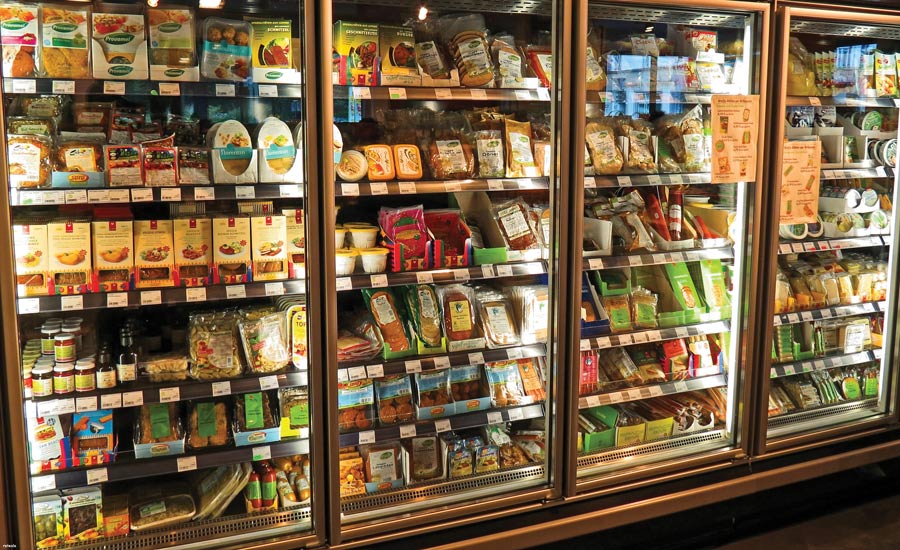When repairing refrigeration equipment, sometimes it is better to replace the whole system rather than repair it. On these occasions, it is better to have this discussion with the equipment owner, because your input can be quite valuable to them. When I am asked this question, I generally defer to the “50 percent rule.” If the repair will be more than 50 percent of the cost of a new system, it is generally best to replace it. However, there may be other factors to present to the owner to help them make the best decision for their business.
One of the biggest considerations is reliability. Having a properly operating system that constantly maintains the correct temperature is extremely important. A system that either breaks down constantly or does not maintain the correct temperature is a major headache for owners and their employees. So if the equipment is damaged to the point where it may continue to break down regularly, it might be best to replace it. For example, the system may have an easy-to-repair refrigerant leak, but its condenser coil is quite damaged, causing it to run at a higher-than-normal discharge pressure and temperature. The immediate repair may be more economical, but future repairs can be frequent and costly. These future costs could add up to the point where it would be more expensive to fix the system than replace it.
Another thought to consider is every time the system breaks down, it is a major inconvenience to the business operation. Sometimes food will need to be moved to another location, and when this happens, workflow is disrupted. During busy periods, this could potentially cause major slowdowns to meal preparation time. Or even worse, frequent breakdowns can lead to major losses of food if the temperature rises to a dangerous level before the problem is noticed or resolved.
When evaluating a system, make sure to look at and factor in the cabinet doors, walls, and hardware. Doors that do not close properly are a common problem, and even if the current issue is not door-related, it could be in the future. Cabinet walls and floors that are damaged should also be factored into the decision. This can result in a loss of energy over the long term, so operational efficiency should also be a slight consideration. The larger the system, the more of a consideration this can become. The owner may benefit from a newer, more energy-efficient system.
While having this discussion, ask your customer about capacity. Sometimes you may find out the system is too small or too large for their current needs, and if you factor this in with the cost of the repair, it might be wise to replace. This is especially true with ice machines. The owner may benefit from a larger capacity machine.
So when asked whether to repair or replace, look at the big picture and present the equipment owner with some valuable advice that will allow them to make the best decision for their business.
See more articles from this issue here!



Report Abusive Comment